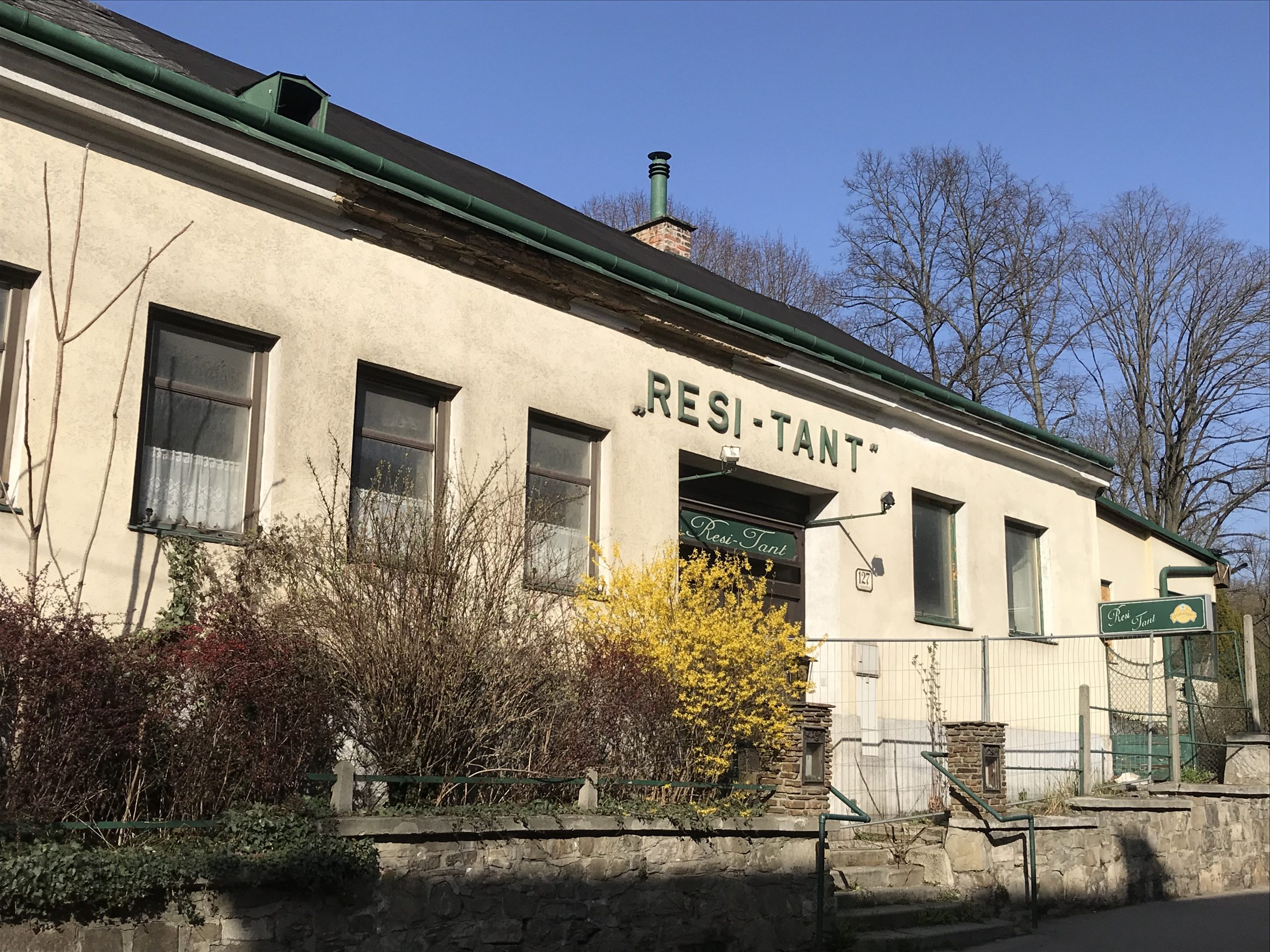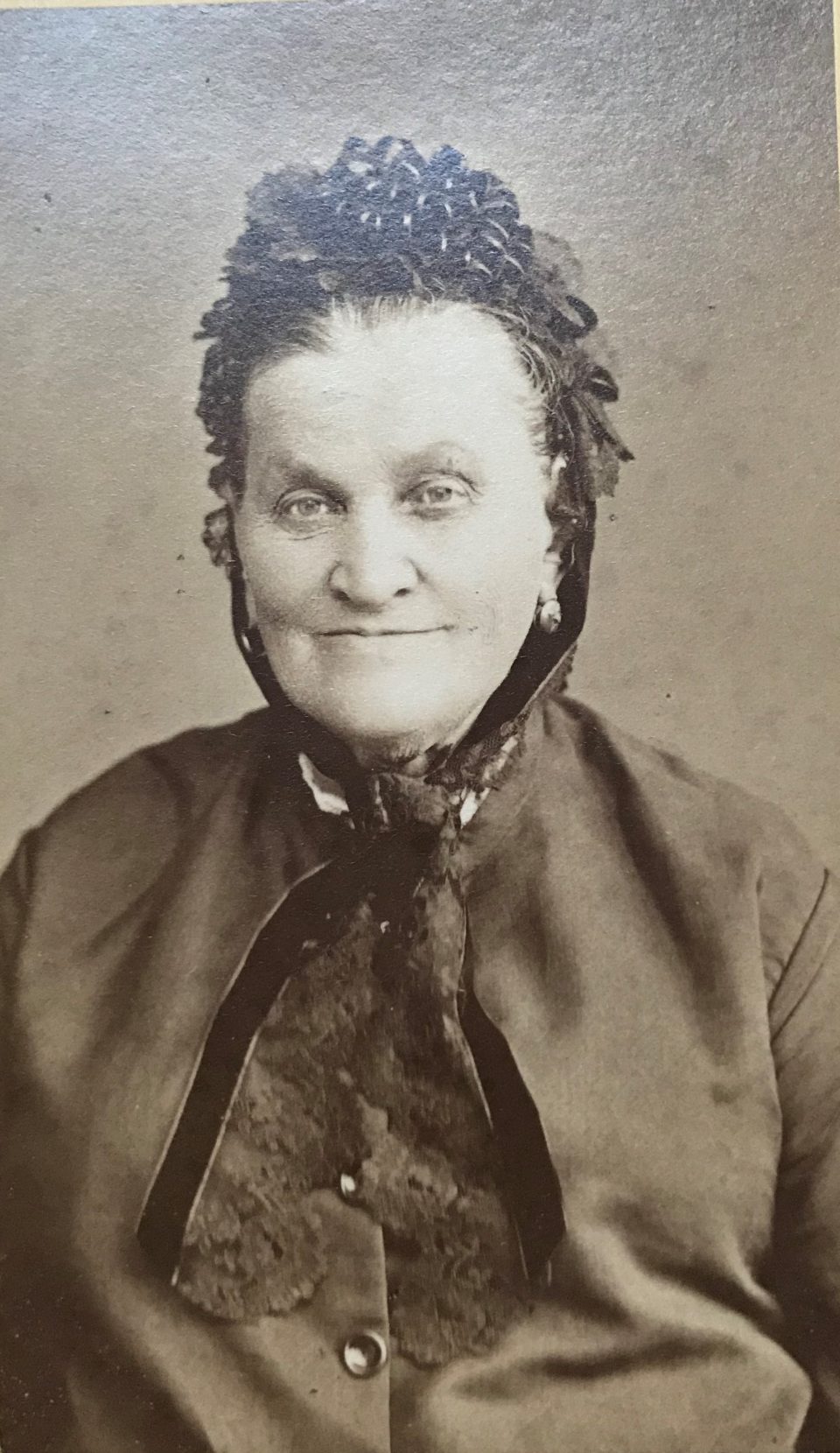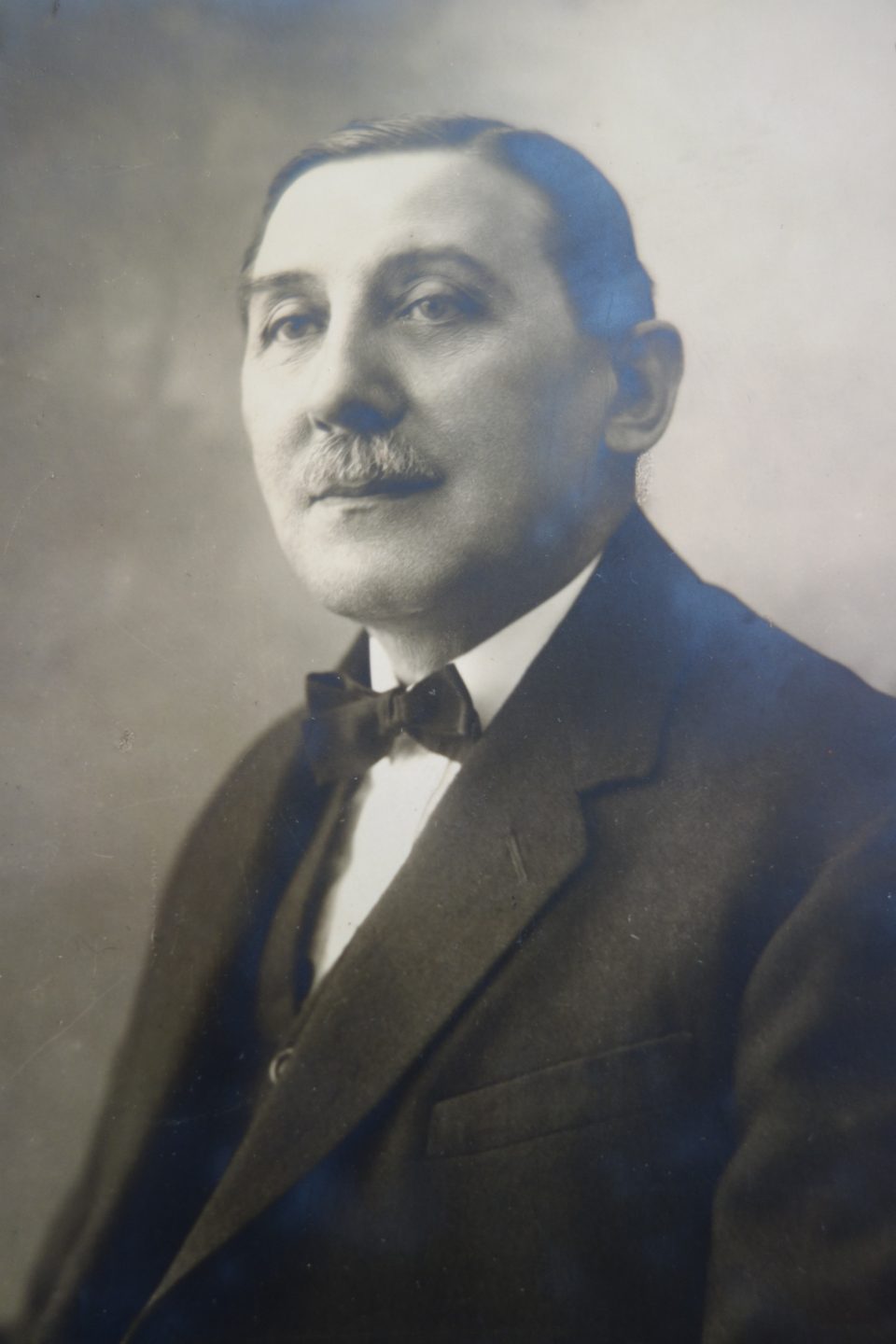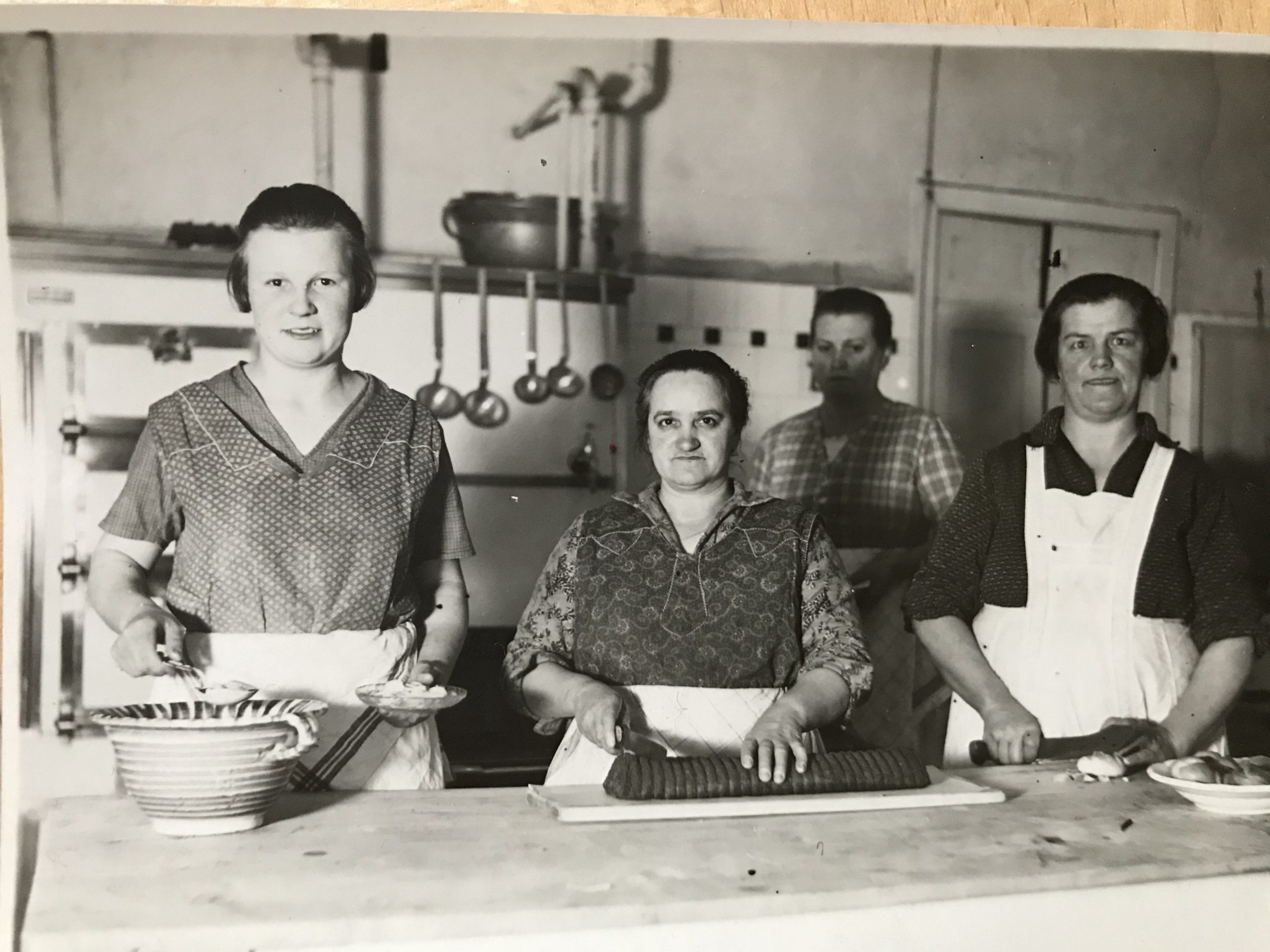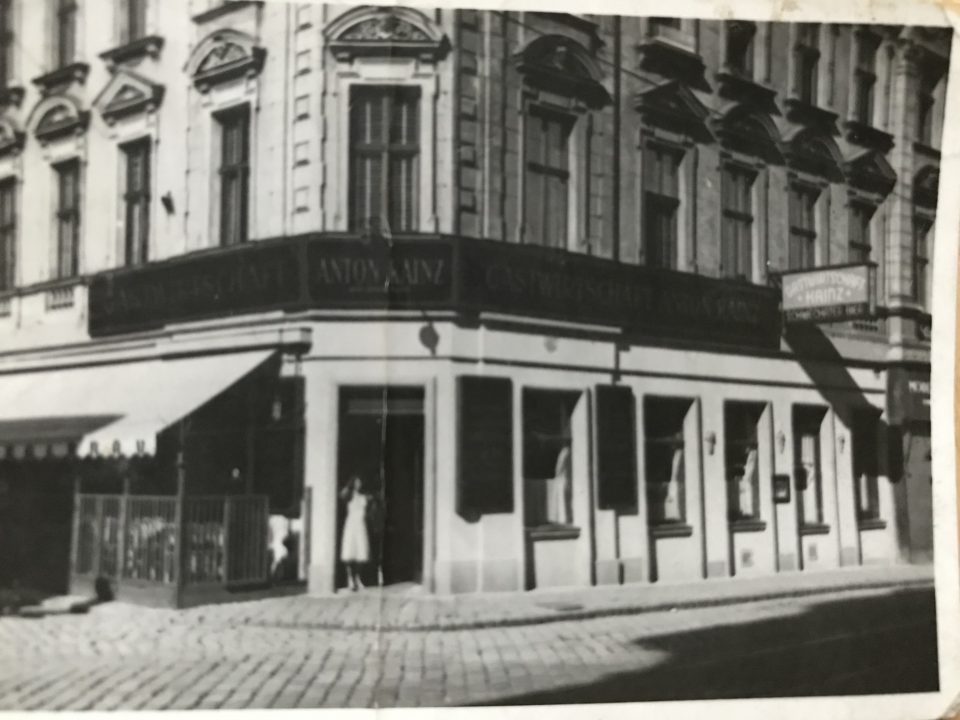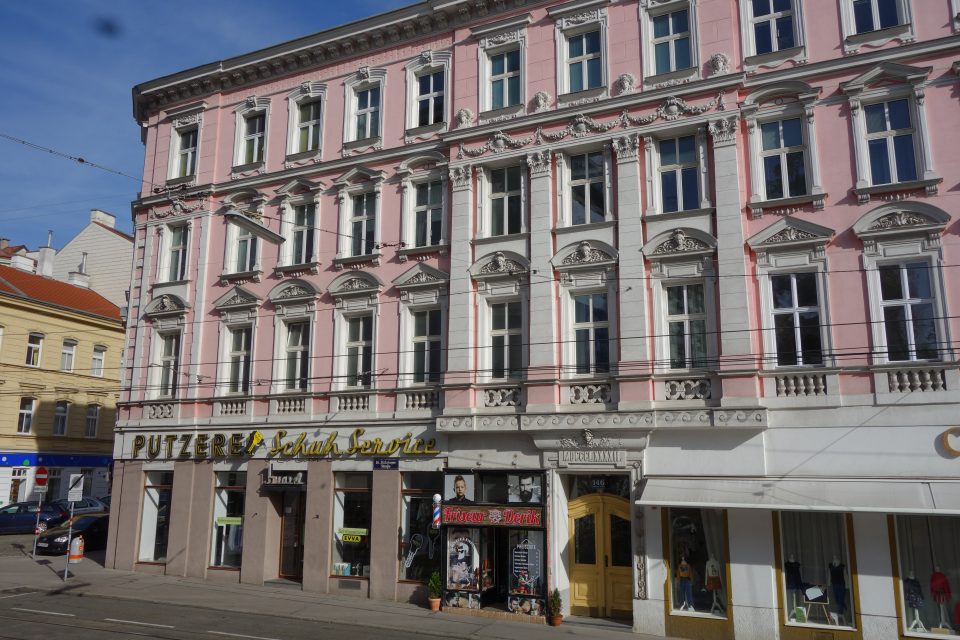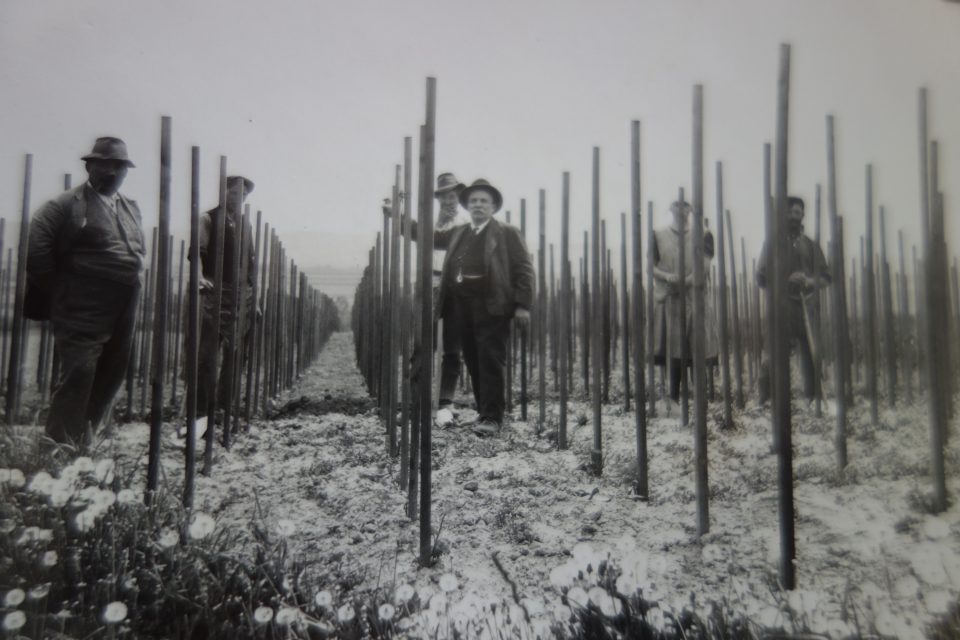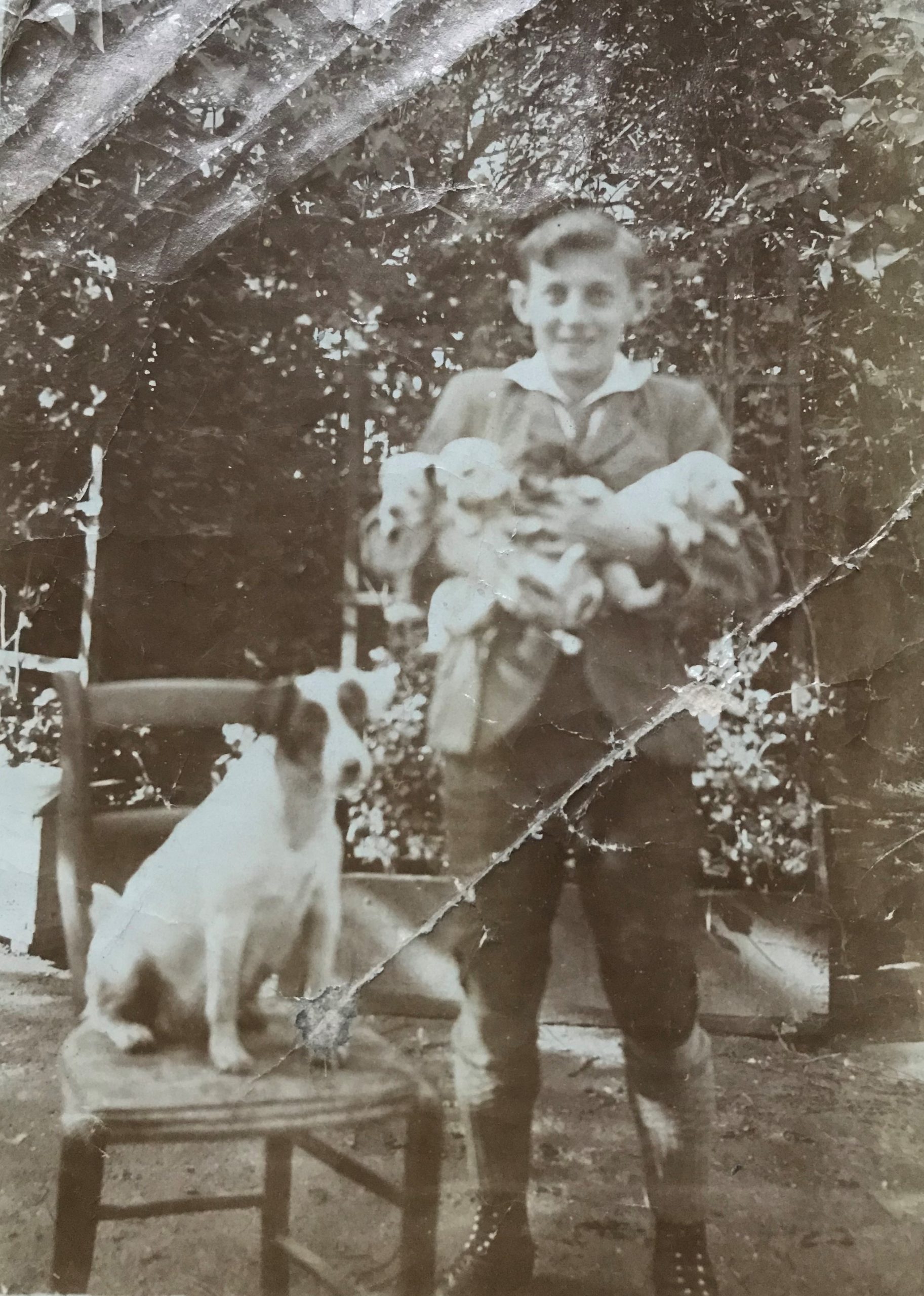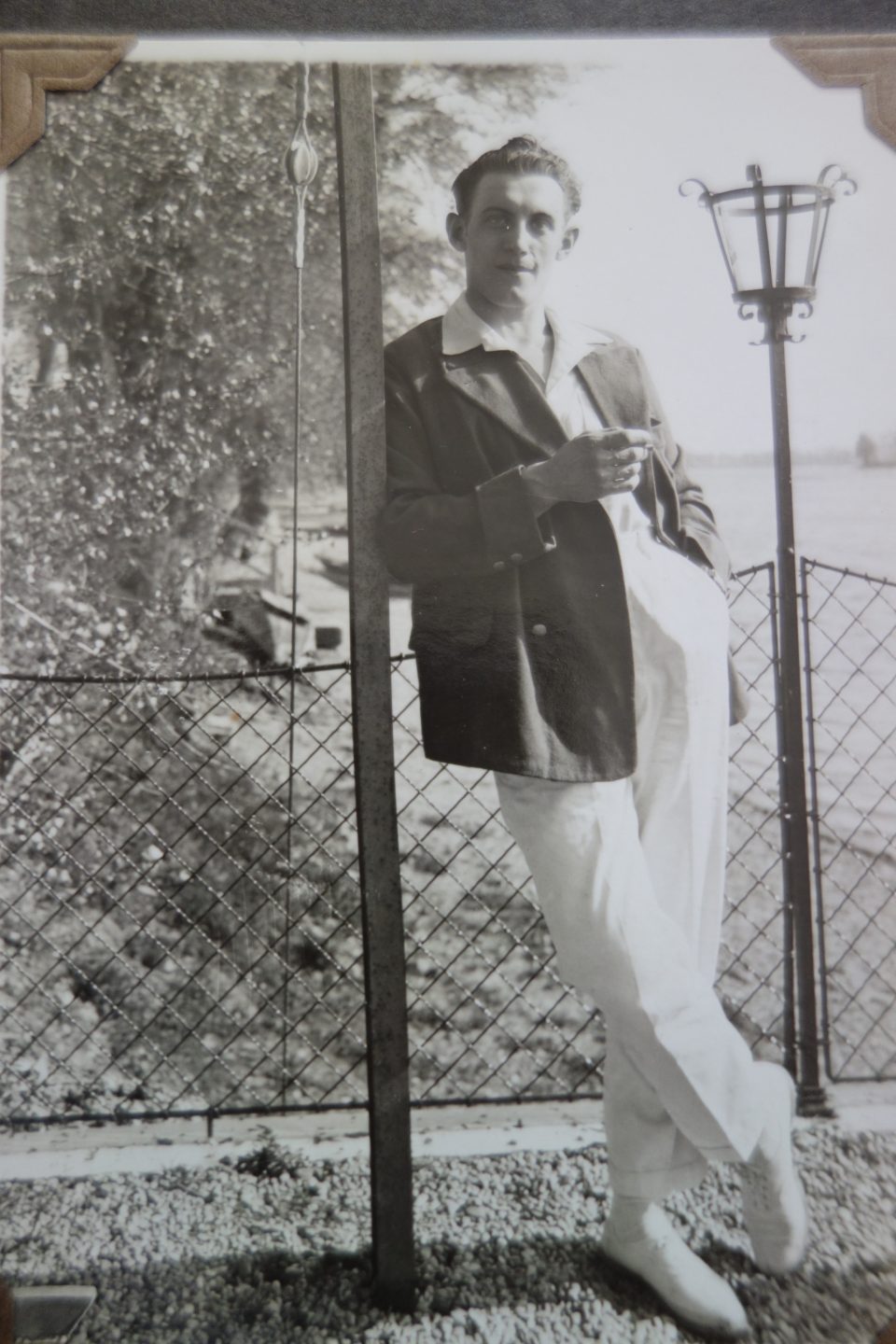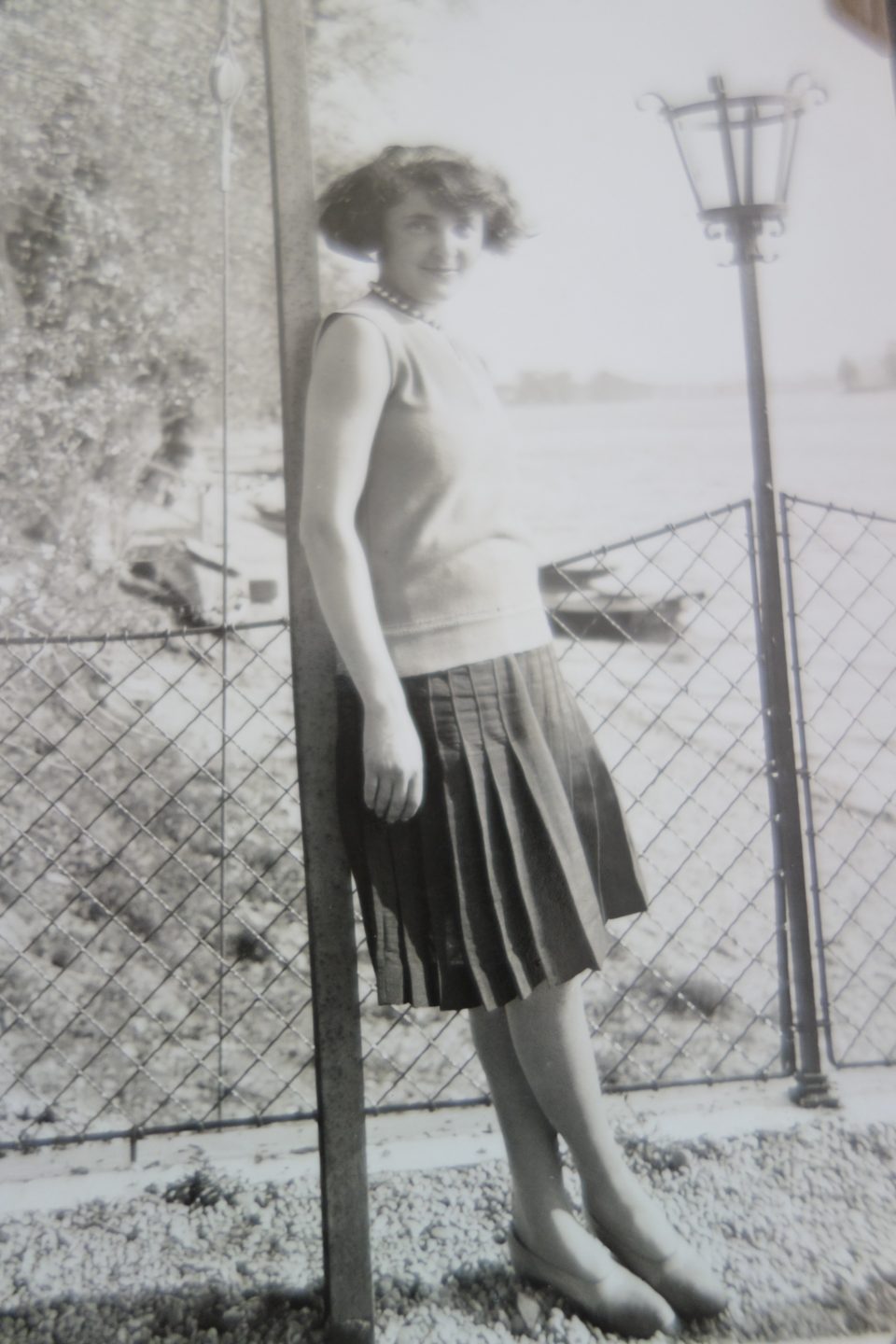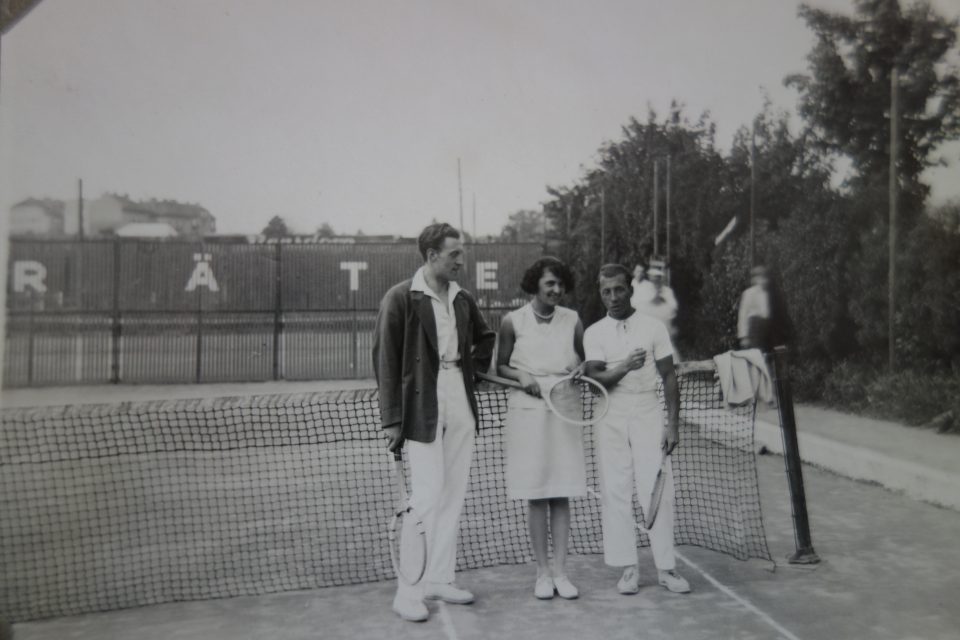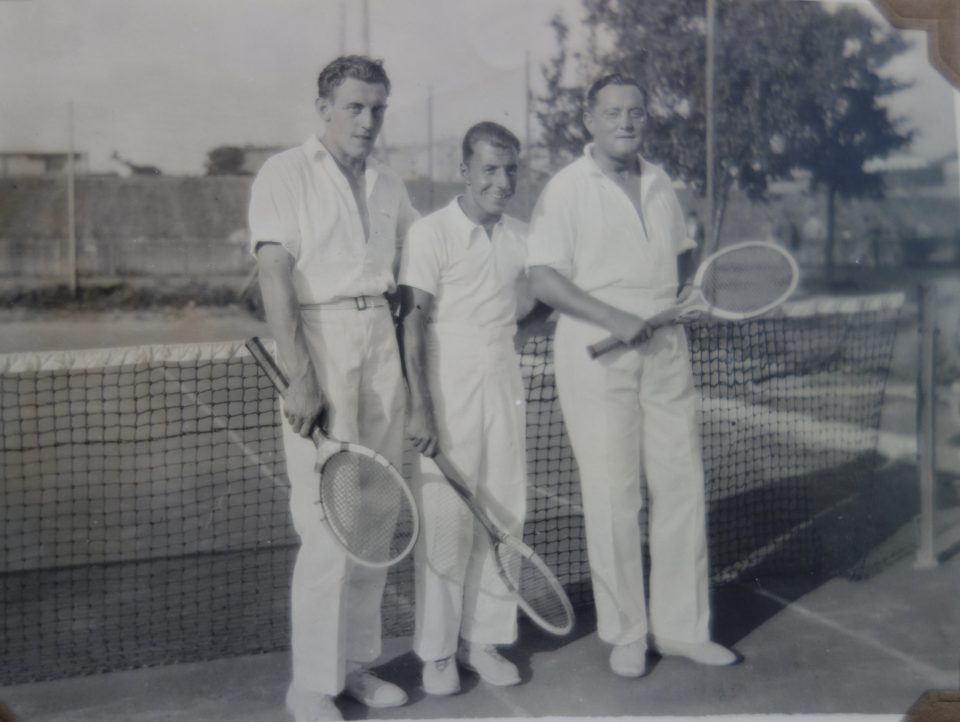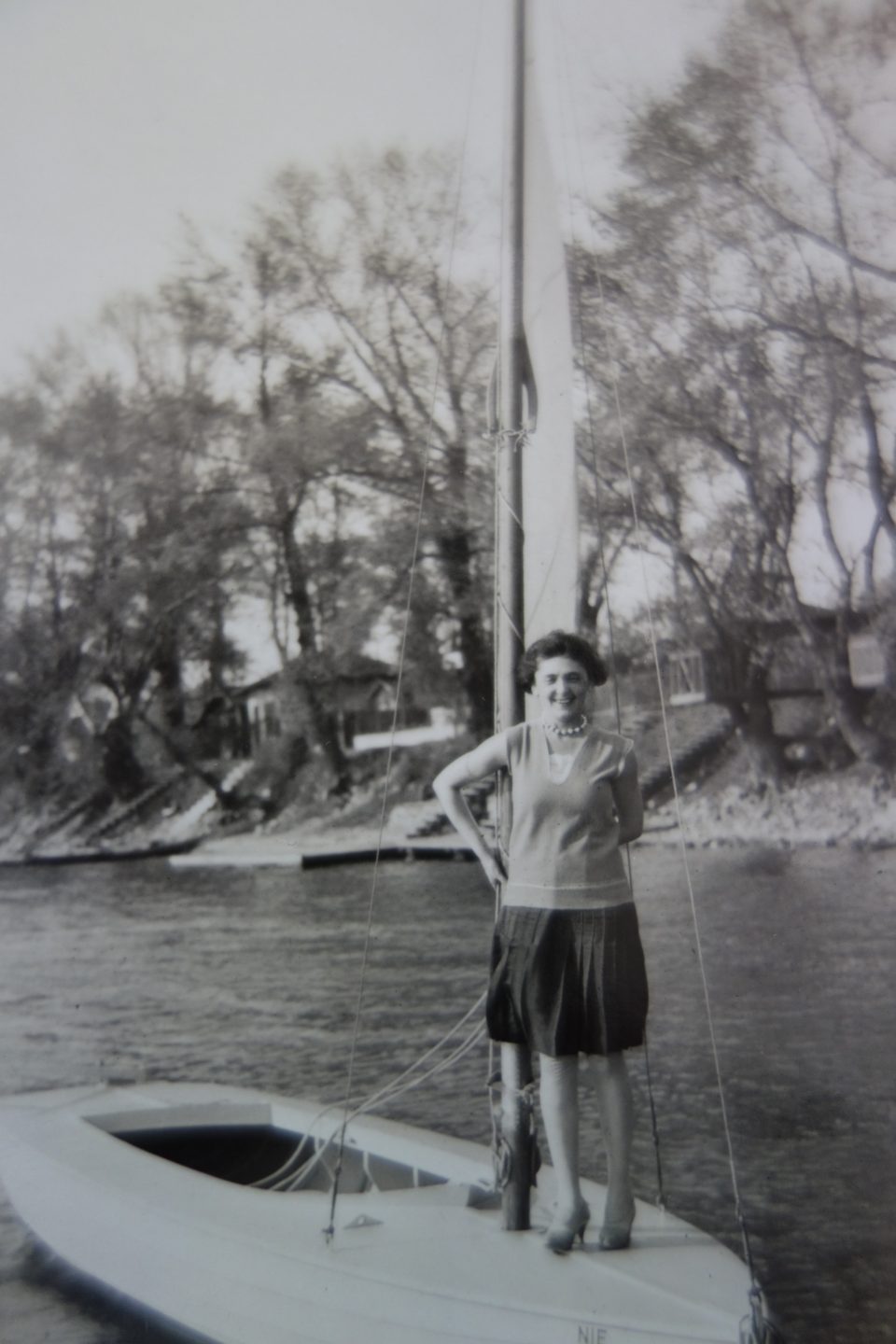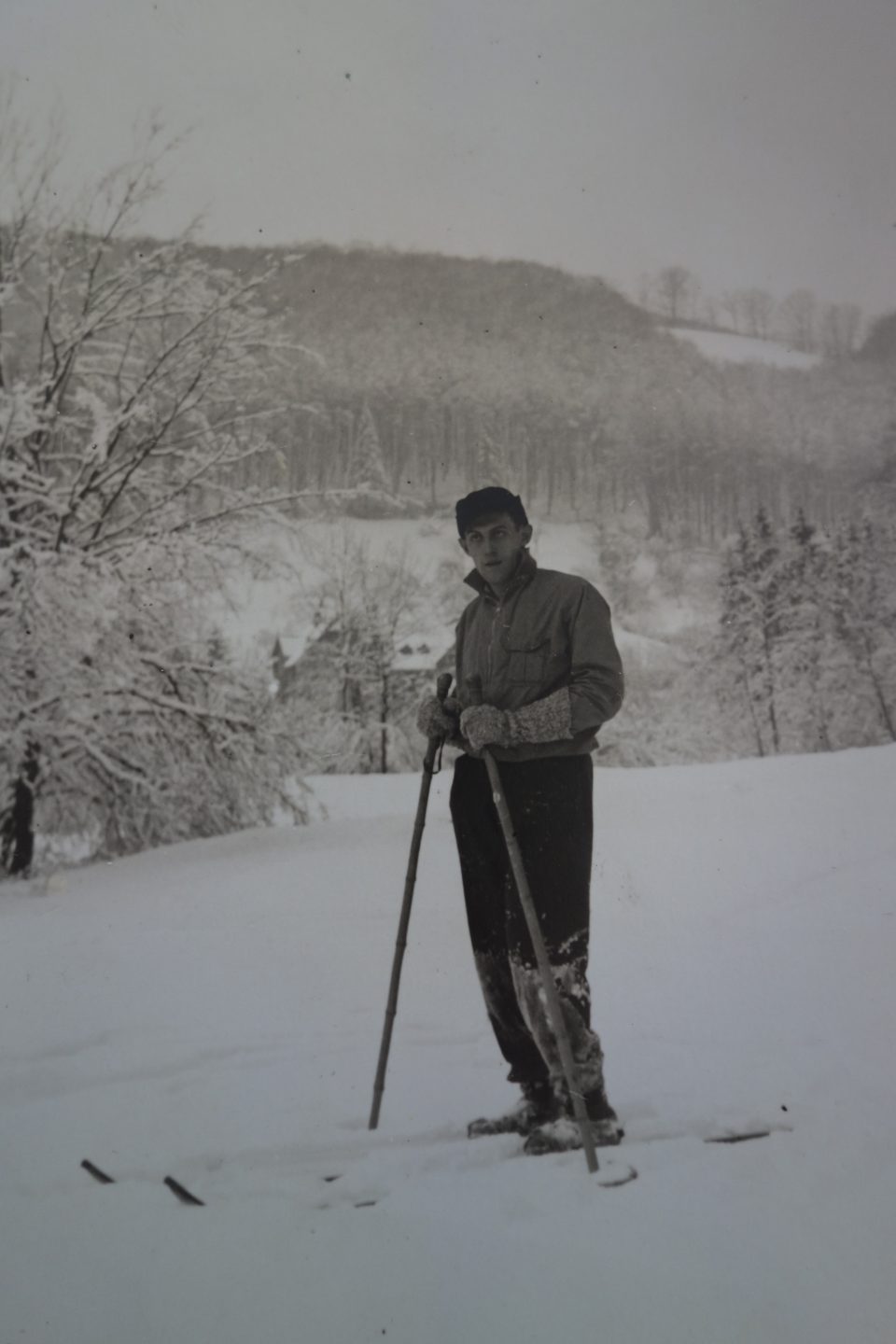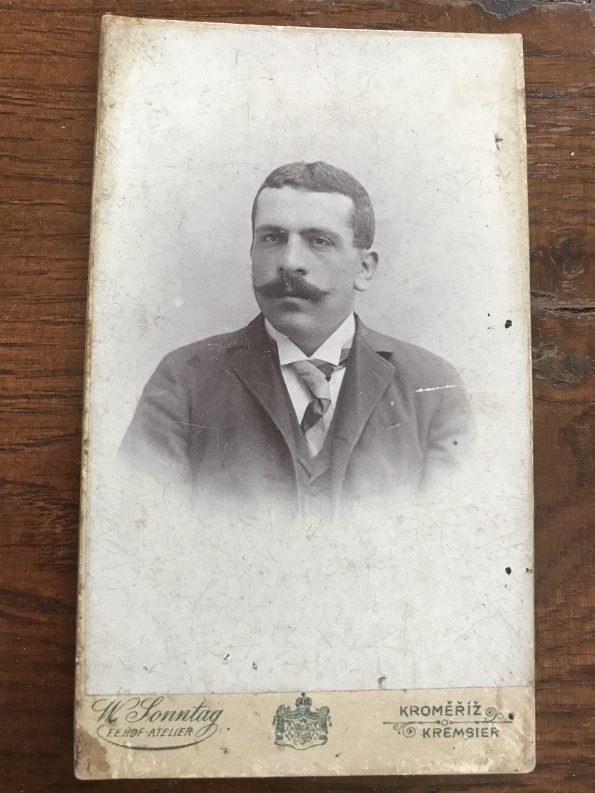WORKING & LIVING CONDITIONS IN SMALL & MEDIUM-SIZED PROTO-INDUSTRIAL IRON MANUFACTORING ENTERPRISES AND THEIR ANCILLARY INDUSTRIES ALONG THE AUSTRIAN “IRON ROUTE” IN THE 19th & 20th CENTURIES WITH A FOCUS ON THE CRAFT MANUFACTURING OF SCYTHES


Left: scythe, right: sickle, both produced along the “Iron Route”
Johann Wurm, my husband Karl Wurm’s grandfather, a scythe smith like his father:


Left: Johann as a boy (left) with his elder brother (in the middle) and his mother
Right: Johann (right) with a colleague in the festive dress of scythe smiths


Left: Johann as an Austro-Hungarian soldier in the First World War on the Italian front line; right: Johann at his wedding


Left: Johann with his two sons Johann (left) and Karl (in the middle), my husband’s father; right: Johann’s two sons, Johann & Karl, as young men
Johann Wurm, born in Randegg in the “Iron Roots” (Eisenwurzen) region in 1874 and Karl’s grandfather, was a trained scythe smith, just like his father, Karl’s great-grandfather. At the time it was common to pass on the knowledge about special techniques of making scythes in the family and keep it from other apprentices, who might turn into future competitors on the labour market. Like his father, Johann was a travelling craftsman, who worked at several hammer mills or trip hammers along the Styrian and Upper Austrian “Iron Route”. For a longer period, he worked at the hammer mill in Roßleithen, one of the last still existing scythe production sites world-wide.


The hammer mill was run by the family Schröckenfux and comprised several buildings, which formed a small village including accommodation for the travelling scythe smiths and the apprentices and menial workers, a shop, an inn, the living quarters of the management and the manor house of the owner of the mill. Right: Karl in front of the office building of the current iron manufacturing company.


The old hammer mill village and on the right the hammer mill shop
“Iron Route” & “Iron Roots”
Iron was mined at the “Erzberg” (Iron Mountain) in Styria probably since the 6th century by Slaws, who had settled there and had adopted Roman techniques of smelting iron ore. The region north of this important iron ore mining site, where the iron of the “Erzberg” was processed was later called “Innerberger” iron manufacturing area and covered the banks of the rivers Enns, Ybbs and Erlauf. Here the “Iron Route” leads from the “Erzberg” to the two main competing market towns Steyr in Upper Austria and Waidhofen in Lower Austria. This is the region we are concentrating on in this research, whereas the area south of the “Erzberg”, where iron was manufactured and traded was called “Vordernberger” iron manufacturing area and covered Leoben and parts of Styria. The “Innerberger” region is also called “Eisenwurzen” (Iron Roots), which literally means “iron + roots”. This geographical term refers to the fact that where iron was mined, which was a key cultural technique, the workers were not autarkic. The land was not conducive to agricultural activity, so the miners could only survive, if the arable farmland of the Alpine foothills provided them with nourishment and all the ancillary crafts they needed for mining, for example lumbering and charcoal production. The “roots” were the peasants and farmers who provided food and bought the iron produce they needed for their work, such as sickles, scythes, hammers, nails, and horse shoes. Around the “Erzberg”, the miners and the smelters settled; in the higher regions of the Alpine foothills with their steep and narrow river valleys the hammer mills were situated, which processed rough iron, whereas further down the rivers the hammer smithies and trip hammers produced specialised iron products such as nails, scythes, and sickles, just as in Roßleithen. On the fertile agrarian soil, the farmers grew the necessary provisions for the miners and smiths and in the large market towns the iron traders gleaned huge profits from the hard labour and exploitation of the workers in the mines and in the hammers and of the peasants.

The “Innerberger Iron Route”
At the “Erzberg” the territorial landowners made sizable profits over the centuries, while the miners led harsh lives, characterised by deprivation. They lived in small huts, worked in the dark under-ground, and mined iron ore with the help of blind animals and primitive tools that had not changed since the Middle Ages. The working and living conditions of those who worked in the hammer mills in the narrow and humid valleys of the rivers Salza, Jessnitz, Erlauf, Ybbs, Enns, and Schwarzbach, were not much better off. They had to settle far away from their families in solitude, at sites which were very difficult to reach, even on foot. Few were lucky and could set up their own enterprises eventually. By that they gained some wealth as owners of small-or medium-sized hammer mills. In the region they were called “Schwarze Grafen” (Black Counts). Those workers who were the best off were the ones who produced specialised iron wares, which were much in demand, such as scythes. They were also the first ones to rid themselves of the strict dependence on the feudal territorial lord.
On the other hand, there were the powerful merchants in the towns Steyr, Ybbs, and Waidhofen, who traded the rough iron as well as the finished iron products in the market towns and who acquired special privileges from the territorial rulers. The trade routes for iron and iron wares crossed the trade routes for bread grain, lard, oat etc. Along these roads, the “Three Markets Road” (Dreimärktestrasse), three market towns, Scheibbs, Gresten and Purgstall, developed into important trading centres, where bourgeois merchants grew rich as well. Any trade down-river was much more profitable at the time before the introduction of steam ships, and especially long-distance trade was the most profitable. This meant that also the territorial rulers craved the profit from these riches, imposed taxes and distributed privileges to merchants and market towns. Military conflicts now and then halted the economic expansion of the iron production in the region and that is why the iron industry experienced cyclical up- and downswings. Eventually, the industrialisation of the 19th century led to a boom of this sector along the “Iron Route”. The prices for food and lumber rose, and the wages, too. The working time during the week was expanded from early in the morning, around 3.00 or 4.00; until 18.00 in the evening. But from the middle of the 19th century on the cheap competition from England hit the local producers and many had to shut down. For a comparison: In 1572 there were 72 iron masters in Ybbsits – the 16th century was a boom time for iron production in the region – , in 1808 there were only 63, in 1860 53, in 1885 40 and in 1908 the number was reduced to 28 iron masters.

Johann Wurm in front of an iron ore mine

Johann on top of a wagon transporting iron ore out of the mine

The noble family Jörger were the perfect example of aristocratic capitalist entrepreneurs of early industrialisation in the Habsburg Empire. During this period, making profit and raising funds had become the main goal of industrial production; not as in earlier times, when raising capital was always a means to a specific end, such as building castles or waging wars. In the era of early capitalism profits, interest or rent added to the capital of the noble entrepreneur. That could be reinvested and lead to more profit – an economic concept that is still valid today. As a noble landowner Helmhard Jörger (1572-1631) was entitled to set up manufacturing businesses on his territory and he did so by erecting a factory in Pernstein in Upper Austria, which produced scythes with the help of machines. He introduced a newly invented hammer to form the rough scythes into finished products, the “Breithammer” (wide flat hammer). The guilds in the cities, which felt they had the monopoly on the production of scythes, protested, but in vain. Helmhardt Jörger used his privileges as a member of the aristocracy and exploited his far-reaching network to penetrate new markets with his new machine. He produced large amounts of scythes until the home market was saturated and too limited for the quantities his factories manufactured. So, he linked up with a Dutchman who had settled in the Habsburg Empire, Jobst Croy. He was a Calvinist and had supposedly left the Low Lands in the 1560s. He was one of the most colourful and dubious personalities of early capitalism in Austria. With the money of his wife, he started to do business here by approaching the imperial court and the Austrian nobility. The Netherlands, just as Italy, were financial pioneers. In Amsterdam the first joint stock bank and the forerunner of the first stock exchange were established in 1609, at the time when the Habsburgs were ruling the Low Lands. Jobst Croy agreed with Helmhard Jörger on a contractual pre-emption right, by which Croy would buy a certain amount of Jörger’s scythes at a fixed price and would use his international trade network to find new markets for Jörger. Early capitalists typically used this form of division of responsibilities between producer and seller. Croy was one of the early merchant bankers who traded in “loan notes”, an early form of bonds. The problem was, when merchants and traders lent money to royal or imperial rulers, they often had to wait a long time until the rulers were willing to repay at least part of the debt, if at all. In this way the Habsburgs, for example, ruined many of their financiers, often of Jewish origin. To those who had to sell their loan notes, because they were threatened by bankruptcy, Croy and other merchant bankers offered relief; Croy bought those bonds before expiry date at a much-reduced value and in the end, when the debt was paid, he made a profit from the difference. This banker’s practice developed into the discounting bills of exchange later. Many of these early merchant bankers were also involved in capitalist mining, because only few early industrialists had the funds to exploit mines industrially, as it took a long time and lots of money from starting a mine project until the first profits could be reaped. This was true for the Styrian “Erzberg”, too. The iron merchants in Steyr, for example, lent money for the mining of iron ore and in exchange they took control of all the “Innerberger” iron, which was transported to the north of the “Erzberg”. But eventually they were short of funds, too, and got indebted. They owed large sums to the “big players” of early capitalism, for instance the Welser family of Nuremberg. When the iron merchants could not repay the debt, the Welser got access to the high-quality steel production of the “Erzberg”, which was in especially high demand in times of war. In this way Styrian steel blades were even used in North American acts of war.
…


